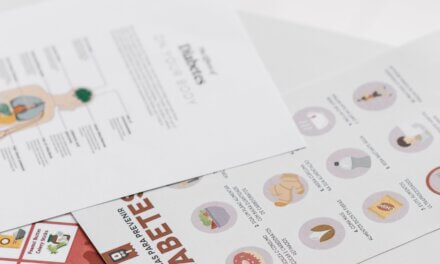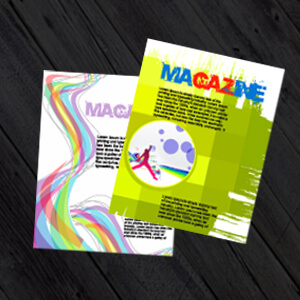As the dust settles on the announcement of the next general election on July 4th, 2024, candidates across the nation are gearing up for the battle to win votes. In an age where digital marketing dominates, it’s easy to overlook the significant impact of traditional print media. However, print remains a potent tool in political campaigning, and MPs would do well to harness its power. Here’s why print is still an essential medium for connecting with voters and driving electoral success.
The Tangibility of Print
In a world saturated with digital content, print offers a tactile experience that online media simply cannot match. A well-crafted leaflet, flyer, or poster can create a lasting impression on potential voters. The physicality of print means it can be held, touched, and kept for future reference, ensuring that the candidate’s message remains in the home and in the minds of the electorate for longer.
Trust and Credibility
Print media often carries an inherent sense of credibility. Studies have shown that people tend to trust print more than digital sources. This trustworthiness is crucial in politics, where authenticity and reliability are key to winning votes. A professionally printed manifesto or policy leaflet can convey a sense of seriousness and commitment that a digital ad might not.
Targeted Reach
Print allows for highly targeted distribution strategies. MPs can tailor their printed materials to specific demographics or geographical areas, ensuring that their message reaches the right audience. Whether it’s a community newsletter, a personalised direct mail printing campaign, or posters in key locations, print can be strategically used to maximise impact. Election printing is a fantastic way to target demographics who traditionally do not use other forms of media.
Breaking Through Digital Noise
The digital space is crowded and competitive. Voters are bombarded with online ads, social media posts, and emails daily. Print media offers a way to cut through this noise. A well-designed, eye-catching flyer or brochure can stand out and grab attention in ways that digital content might struggle to achieve. This is particularly important in reaching older demographics, who may be less engaged with digital platforms.
Complementing Digital Campaigns
Print should not be seen as a replacement for digital marketing but rather as a complement to it. A comprehensive campaign strategy that integrates both print and digital elements can reinforce messages and ensure broader reach. For instance, a printed newsletter can drive traffic to a candidate’s website or social media pages, creating a seamless experience for the voter.
Longevity and Staying Power
Print materials have a staying power that digital content often lacks. An email can be deleted in a second, but a printed piece can sit on a kitchen table or a community bulletin board for weeks. This longevity ensures continuous exposure to the candidate’s message, increasing the likelihood of voter retention and support.
Engaging the Local Community
Local engagement is crucial for any election campaign. Print media can play a pivotal role in this by featuring local issues, community events, and personal messages from the candidate. This localised approach not only shows that the candidate is in touch with the community but also fosters a sense of connection and trust.
Cost-Effectiveness
While digital campaigns can be cost-effective, print campaigns can also be budget-friendly, especially when targeting local areas. Bulk printing options and strategic distribution can help keep costs down while still achieving significant reach and impact. Moreover, the tangible nature of print often yields a higher return on investment in terms of voter engagement and retention. Election printing is therefore vital for MPs looking to maximise their budget and voter engagement.
For more on the power of print during elections, check out this fantastic article by the Refuel Agency: The Power of Print Advertisement in Political Advertising
Conclusion
As we approach the general election on July 4th, 2024, MPs must recognize the enduring power of print in their campaign strategies. Print media offers a unique blend of tangibility, credibility, and targeted reach that can significantly enhance voter engagement. By integrating print with digital efforts, MPs can create a robust and effective campaign that resonates with the electorate on multiple levels.
In an era where every vote counts, leveraging the power of print could be the difference between winning and losing. It’s time to dust off those printing presses and get the message out there—in print.







.jpg)
.jpg)
